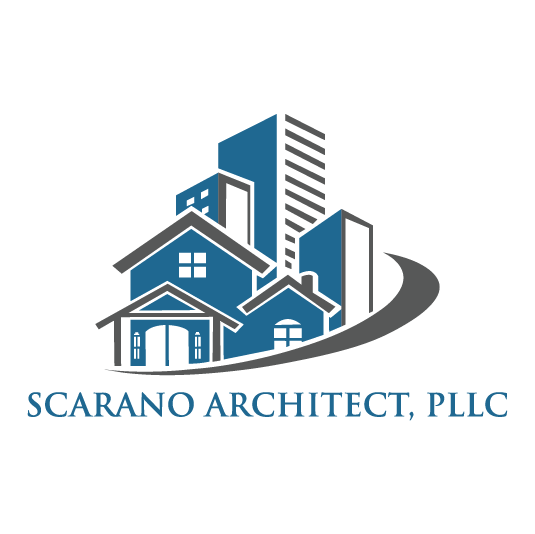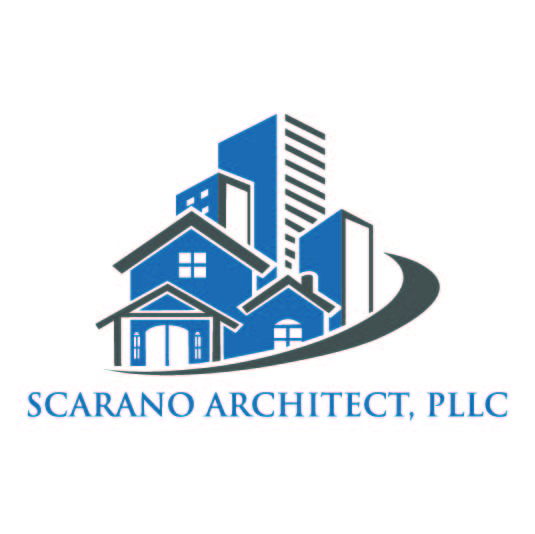Thinking of finally building your dream home or renovating a space for your business? In all likelihood, you will need to hire an architect. If you are not quite sure what the process is going to entail, here is what it looks like from an architect’s perspective.
There are five basic design phases to architectural services. They are
- Schematic design
- Design development
- Construction Documents
- Bidding
- Construction Observation
These phases represent the breakdown of how an architect defines his design services and role in the design process. It is also a way for an architect to break up the work they do into categories that should be easy for everyone to understand. Explaining what architects do and how the projects are structured is key to better understanding the entire course of design.
Architects prefer to work with you through every phase to ensure the smooth completion of your project. They carry out each stage with the intention of keeping your project on budget and within code requirements. The architect must identify the project scope of work as well as the perceived schedule and budget. The five main phases of architectural design are discussed below.
- Schematic Design– is the first phase of designing the project. It will typically account for about 15% of the architect’s work and fees on the entire project. During this phase, the architect and the client discuss the project and any requirements provided by the client. The architect does an analysis of the property including zoning and building code regulations. He also establishes the size, location, and relationships between all the spaces. Schematic is where he figures out how the building will look and operate. This phase has a great deal of sketching and modeling with lots of meetings with the client. It is the outline for the entire project. Once the basic design is presented and the client is provided with drawings, the architect and client will agree, in writing, to proceed to the next phase of design.
- In Design Development-in this phase the architect and client work together to select materials needed. The architect revises the initial drawings based on the clients’ comments. More specific details are produced with these revised sketches. This phase will be 20% of the architect’s fees. At the end of this phase, plans are submitted and estimates from General Contractors are collected. Once the client is provided the changed drawings, the architect and owner will agree, in writing, to proceed to the next phase of design.
- Construction Documents-a final design is settled on and drawings, notes, and technical specifications are prepared. More drawings are needed for very specific purposes. This phase is the largest for the architect and will be about 40% of his work and fees. Now, the architect and engineers will finalize all the technical drawings and detailing. HVAC, plumbing, electrical, gas, energy calculations, and all products and materials are selected. The architect produces multiple drawing sets including a filing set for approval from the Department of Buildings and a separate set for the General Contractor. Once the Construction Documents are presented to the client, ready for bidding and submittal for a permit, the architect and owner will agree, in writing, to proceed to the next phase of design.
- Bidding is the phase where the owner prepares to select the contractor for the job and sign contracts to proceed with construction. This phase will take up 5% of the architect’s time and fees. The architect’s role here will be to assist the client, answer
contractors’ questions provide any additional documentation if requested by or needed by the contractor. In this phase, the architect will ensure the contractors you are considering for your project are providing an accurate bid. Having an architect to consult with during this phase of the project can help you navigate what can often be a confusing process. Only a General Contractor can guarantee the price of construction; architects and cost estimators who provided budgets cannot guarantee those prices.
- Construction Observation is the last phase and accounts for about 20% of the architect’s time and fees. This is the longest scheduled phase. Architects do not supervise construction on most projects. They will periodically visit the job site to see progress and ensure the contractor is following the plans per the architectural design intent. They will also be available to answer questions and provide additional information on issues that arise. During this phase, it is common that some additional services for the architect arise due to clarification requests or change orders to address any unknown field conditions as they arise. Our attention during this phase will ensure the satisfactory completion of your project as our goal is to help turn your dream into a reality.
This article is intended to be an overview of the Architect’s Phase of Design and will give you a better idea of his role in your project. You will now have an idea of the different stages of the job. These phases are universally accepted among most architects, and they should be able to give you a more in-depth explanation of the phases and their specific fee structure.
Always remember to hire a Registered Architect who is licensed and insured in your state.
Architectural Programming & Analysis focuses on the first phase of a project, often referred to as Pre-design. In this “extra service” phase we
research, analyze, and evaluate all of the client’s requirements, building code, and zoning regulations, as well as site data to develop recommendations on the feasibility of a project. Some Pre-design tasks may include:
- review applicable zoning and ordinances
- review known site conditions
- review results of feasibility studies
- review preliminary impact of environmental, zoning, and other regulations
- review legal documents related to the site and building regulation
- request property survey
- request preliminary geotechnical studies as required
- request hazardous materials testing
- create preliminary sustainability goals
- create space planning and adjacency bubble diagrams
- create design goals including the scope of work
- create existing condition drawings as required
- create building program
- create conceptual budgeting
- create conceptual schedule
If you are planning a new project, please give us a call. At Scarano Architect, PLLC we have over 30 years of experience and can assist you with all of your architectural needs. Visit our website to see our award-winning projects. Let us make your dream a reality!



